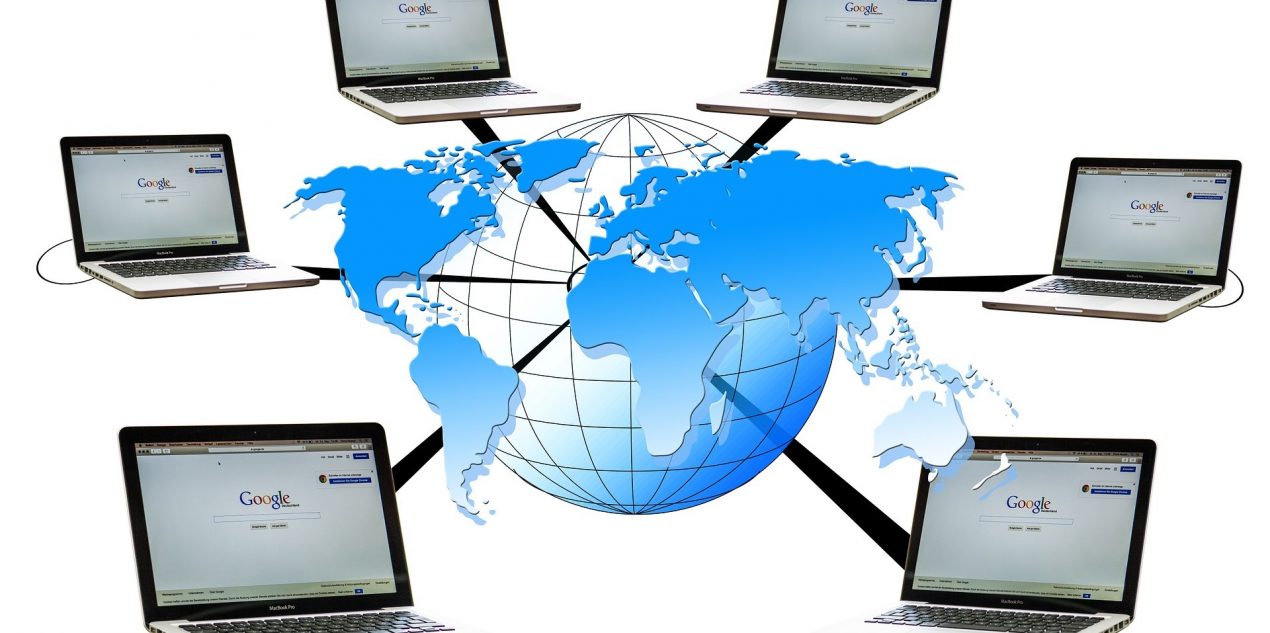Most people don’t pay too much attention to how their computers work. The most important thing is that they work; however, whether you are in IT or just addicted to Netflix, a serious problem that has been on the horizon for decades is about to come to fruition. Every digital device we use has an IP address which is, essentially the vehicle that allows you to access the Internet, among other networking functions.
The problem is that when the regulating standards were being designed back in the 1980’s, there were only a set number of potential IP addresses that could be created (4.3 billion to be exact). Remember, these are the pre-smartphone days and before most people, even in wealthy nations, owned personal computers.
A lot has changed since then and, currently, 47% of people on Earth consistently use the Internet. With dropping smartphone and sim card prices, this number is rising very rapidly, and available slots are starting to run out fast!
Why Is This a Problem?
When IPv4 was introduced, each region of the world was allotted a certain percentage of these 4.3 billion available IP addresses. Over the last few years, different regions have begun running out and, by 2019, all IPv4 addresses will be completely exhausted. Currently, AFRINIC is the only RIR (Regional Internet Registry) that hasn’t already exhausted their original allotted supply of IPv4.
This is a major problem because it essentially means that no new devices, from personal computers to servers to smartphones, will be able to access the Internet through the most common networking method.
A Difficult Solution
The solution to this problem is to upgrade to IPv6. To make things simple, IPv4 uses a 32-bit address while IPv6 uses 128 bits. This means there would be a much larger number of potential addresses (somewhere around 3.4×1038 addresses).
The good news is that, since 2006, it has been a priority for many developers to create products that are IPv6 compatible. Over the last two years, countries like America, Canada, and France have improved their adoption of the technology from 0.5% to an average of 20% between them.
But like any new technology, adoption can be slow and expensive. There is also some doubt whether everything on the web will be IPv6 compatible by the time the available IPv4 addresses run out. To make matters even more complicated, IPv4 and IPv6 aren’t generally compatible; therefore, if you have a device that runs one, but not the other, then you cannot access networks using the other protocol.
What Does This Mean for You?
On the consumer side of things, this is an issue that will typically resolve itself. New devices are designed to utilize IPv6, and more and more platforms will transfer over to it. This is particularly tricky for companies as we are currently in an awkward transition period, which makes developing a network more difficult since the goal is for it to be accessible by both protocols.
Ensuring that IPv4 and IPv6 can coexist peacefully on your network is easier said than done. Trying to do this yourself is like entering a black hole of tech data that will make your head spin. Save yourself the headache, and let the experts at Root Level Tech help ensure that your business stays compatible with all networks so that you never have to worry about your employees and customers being unable to access your platform.
If your organization hasn’t yet deployed IPv6, it’s time to join the movement and start adopting IPv6.

